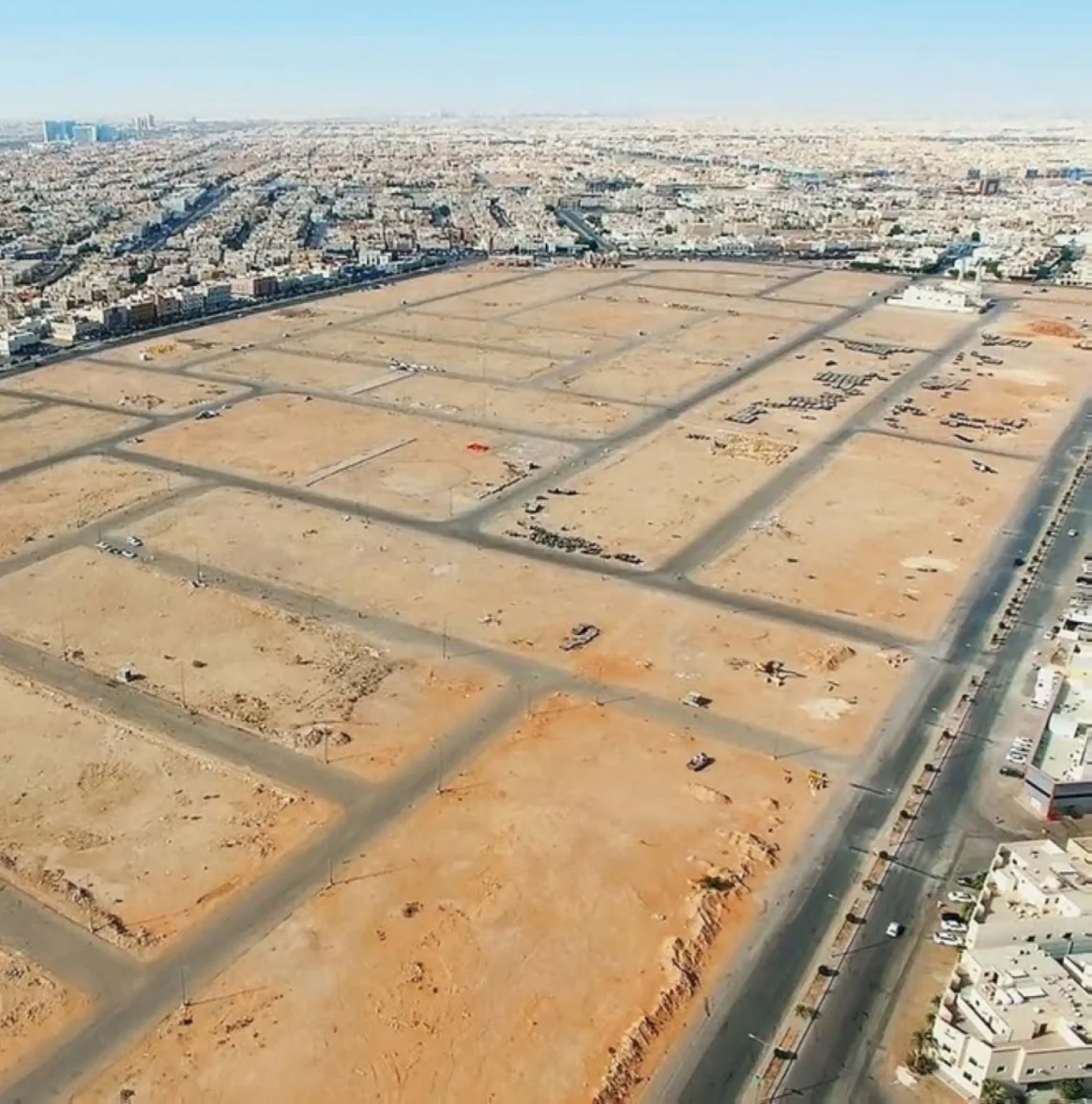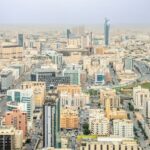The system will begin tracking non-registrants automatically once the deadline expires
The White Land and Vacant Properties Program confirmed that only 20 days remain until the end of the registration period for lands within Riyadh’s urban boundary, which ends on October 30, 2025. The program explained that once the deadline expires, the system will automatically begin tracking those who failed to register and submit required documents, in preparation for imposing fines for these violations according to the program’s provisions and executive regulations.
The program noted that it has completed tracking all white lands within Riyadh’s urban boundary and electronically linked them to deeds, permits, and municipal services through an integrated digital system that relies on artificial intelligence technologies and big data analysis. This has enabled the program to identify locations of vacant lands and buildings with accuracy exceeding 85%.
All lands located within the geographical scope subject to the program are covered by its provisions
The White Land and Vacant Properties Program emphasized that fines will be applied after the deadline expires for unregistered lands, and that failure to register constitutes a violation of the program. Fines may reach up to 100% of the basic fee value, noting that the owner is considered primarily responsible for paying fees or fines.
The program called on all property owners and developers to expedite completing their registration through the program’s electronic platform and to benefit from digital services to accelerate development procedures. The program indicated that the smart monitoring system works to track compliance in real-time, and regulatory measures will be applied against non-registrants immediately after the deadline expires.






